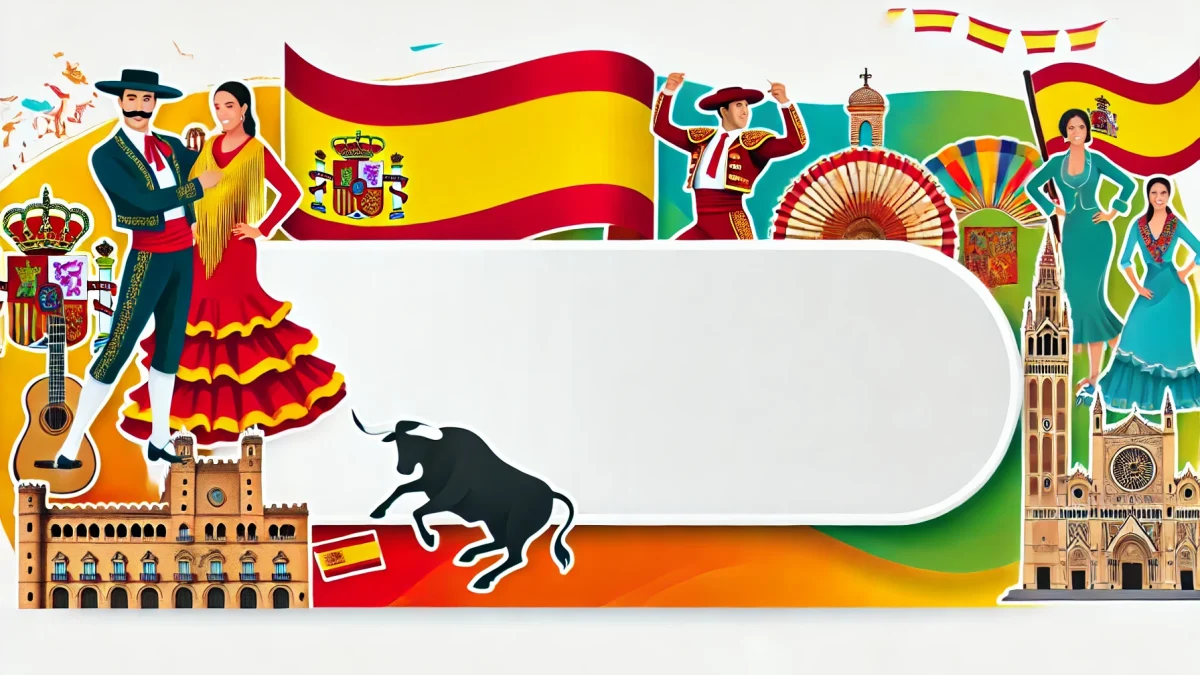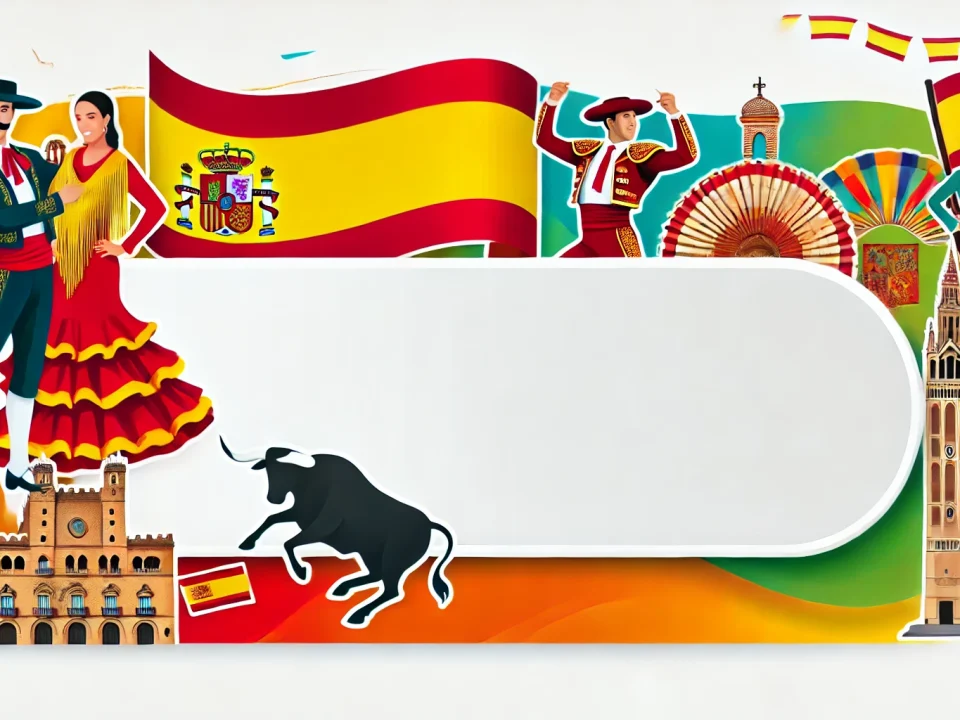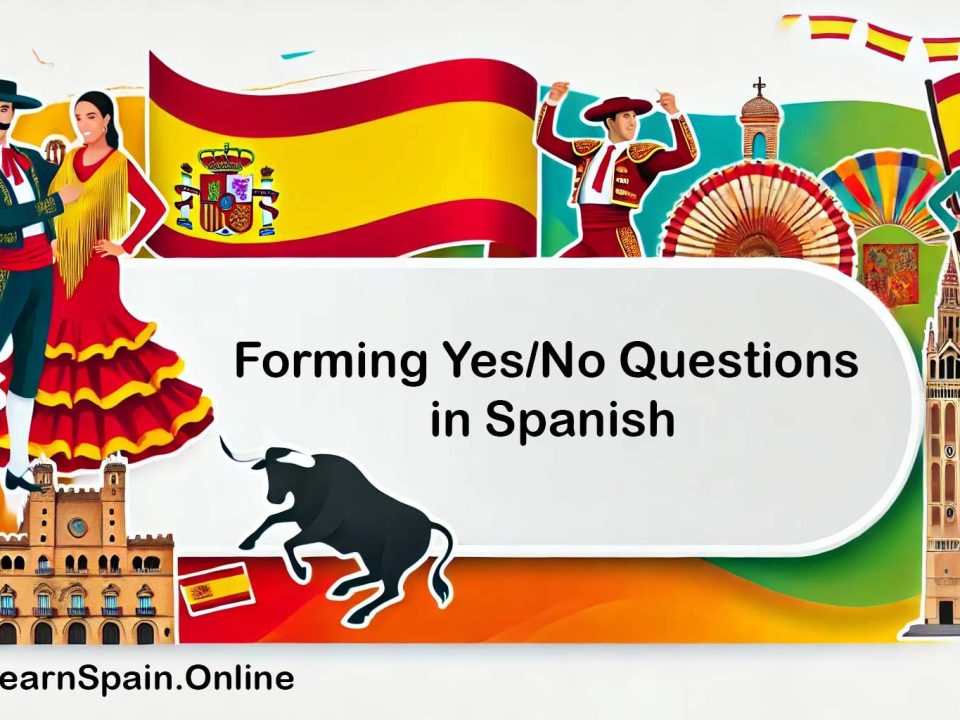
Demonstrative Adjectives in Spanish: A Comprehensive Guide
July 17, 2024
Telling Time in Spanish: A Comprehensive Guide
July 17, 2024Introduction to Reflexive Verbs in Spanish: A Comprehensive Guide
Reflexive verbs are an essential part of the Spanish language, allowing speakers to express actions that are performed on oneself. Understanding reflexive verbs is crucial for mastering Spanish, as they are commonly used in daily conversations. This guide will cover the basics of reflexive verbs, their forms, how to conjugate them, and provide numerous examples to help you understand their usage.
What Are Reflexive Verbs?
Reflexive verbs indicate that the subject of the verb is also the object; in other words, the action of the verb reflects back on the subject. In English, reflexive verbs are often expressed with reflexive pronouns such as “myself,” “yourself,” “himself,” etc. In Spanish, reflexive verbs are identified by the pronoun “se” attached to the end of the infinitive form of the verb.
Reflexive Pronouns
Reflexive pronouns are used in conjunction with reflexive verbs and must agree with the subject in both number and person. Here are the reflexive pronouns in Spanish:
- Yo (I) -> me
- Tú (you, informal) -> te
- Él/Ella/Usted (he/she/you, formal) -> se
- Nosotros/Nosotras (we) -> nos
- Vosotros/Vosotras (you all, informal, used in Spain) -> os
- Ellos/Ellas/Ustedes (they/you all, formal) -> se
Conjugating Reflexive Verbs
To conjugate reflexive verbs, you need to follow these steps:
- Identify the infinitive form of the reflexive verb.
- Example: lavarse (to wash oneself)
- Remove the “se” ending to find the verb stem.
- Example: lavar (to wash)
- Conjugate the verb according to the subject.
- Example: lavo (I wash)
- Add the appropriate reflexive pronoun before the conjugated verb.
- Example: me lavo (I wash myself)
Examples of Conjugated Reflexive Verbs
Lavarse (to wash oneself)
- Yo me lavo (I wash myself)
- Tú te lavas (You wash yourself)
- Él/Ella/Usted se lava (He/She/You wash(es) himself/herself/yourself)
- Nosotros/Nosotras nos lavamos (We wash ourselves)
- Vosotros/Vosotras os laváis (You all wash yourselves)
- Ellos/Ellas/Ustedes se lavan (They/You all wash themselves/yourselves)
Common Reflexive Verbs in Spanish
Here are some common reflexive verbs you will encounter frequently in Spanish:
- Levantarse (to get up)
- Bañarse (to bathe)
- Vestirse (to dress oneself)
- Peinarse (to comb one’s hair)
- Maquillarse (to put on makeup)
- Afeitarse (to shave oneself)
- Acostarse (to go to bed)
- Ducharse (to shower)
- Cepillarse (to brush)
- Despertarse (to wake up)
Using Reflexive Verbs in Sentences
- Me levanto a las siete de la mañana. (I get up at seven in the morning.)
- Te bañas todos los días. (You bathe every day.)
- Él se viste rápidamente. (He dresses quickly.)
- Nos peinamos antes de salir. (We comb our hair before leaving.)
- Os maquilláis para la fiesta. (You all put on makeup for the party.)
- Ellos se acuestan temprano. (They go to bed early.)
Reflexive Verbs vs. Non-Reflexive Verbs
Some verbs can be both reflexive and non-reflexive, depending on the context. When the action is performed on someone or something else, the verb is non-reflexive. When the action is performed on the subject itself, the verb is reflexive.
- Lavar (to wash) vs. Lavarse (to wash oneself)
- Lavo el coche. (I wash the car.)
- Me lavo las manos. (I wash my hands.)
- Vestir (to dress) vs. Vestirse (to dress oneself)
- Visto al niño. (I dress the child.)
- Me visto para la cena. (I dress myself for dinner.)
Reflexive Verbs with Body Parts
When using reflexive verbs to talk about actions involving body parts, use definite articles (el, la, los, las) instead of possessive adjectives (mi, tu, su).
- Me lavo las manos. (I wash my hands.)
- Te cepillas los dientes. (You brush your teeth.)
- Se peina el pelo. (He/She combs his/her hair.)
Common Mistakes and How to Avoid Them
- Incorrect Reflexive Pronoun Placement: Ensure the reflexive pronoun matches the subject and is placed correctly.
- Incorrect: Lavo me las manos.
- Correct: Me lavo las manos.
- Using Possessive Adjectives Instead of Definite Articles: When referring to body parts with reflexive verbs, use definite articles.
- Incorrect: Me lavo mis manos.
- Correct: Me lavo las manos.
- Confusing Reflexive and Non-Reflexive Verbs: Be clear about whether the action is performed on oneself or another object.
- Incorrect: Me lavo el coche.
- Correct: Lavo el coche.
Practice Exercises
To reinforce your understanding of reflexive verbs in Spanish, try these exercises:
- Translate the Reflexive Verbs: Write the Spanish reflexive verbs for the following actions:
- To get up
- To shower
- To dress oneself
- To comb one’s hair
- To brush one’s teeth
- Complete the Sentences: Fill in the blanks with the correct reflexive verb form:
- Yo __ (despertarse) a las seis de la mañana.
- Tú __ (lavarse) la cara antes de dormir.
- Él __ (acostarse) tarde los fines de semana.
- Nosotros __ (cepillarse) los dientes después de comer.
- Vosotros __ (afeitarse) todos los días.
- Match the Reflexive Verbs: Match the Spanish reflexive verbs with their English equivalents:
- Levantarse
- Ducharse
- Maquillarse
- Peinarse
- Acostarse
- To go to bed
- To get up
- To put on makeup
- To comb one’s hair
- To shower
- Translate the Sentences: Translate the following sentences into Spanish:
- I get up at seven in the morning.
- You brush your teeth every day.
- She dresses quickly.
- We wash our hands before eating.
- They go to bed early.
Conclusion
Understanding and using reflexive verbs in Spanish is vital for clear and accurate communication. By mastering these verbs, you can describe actions that you perform on yourself and better understand daily activities in Spanish. Remember to practice regularly, pay attention to reflexive pronouns, and use definite articles with body parts to ensure correct usage.
Start incorporating these reflexive verbs into your daily Spanish practice, and you’ll soon find yourself speaking with greater fluency and confidence. ¡Buena suerte! (Good luck!)


